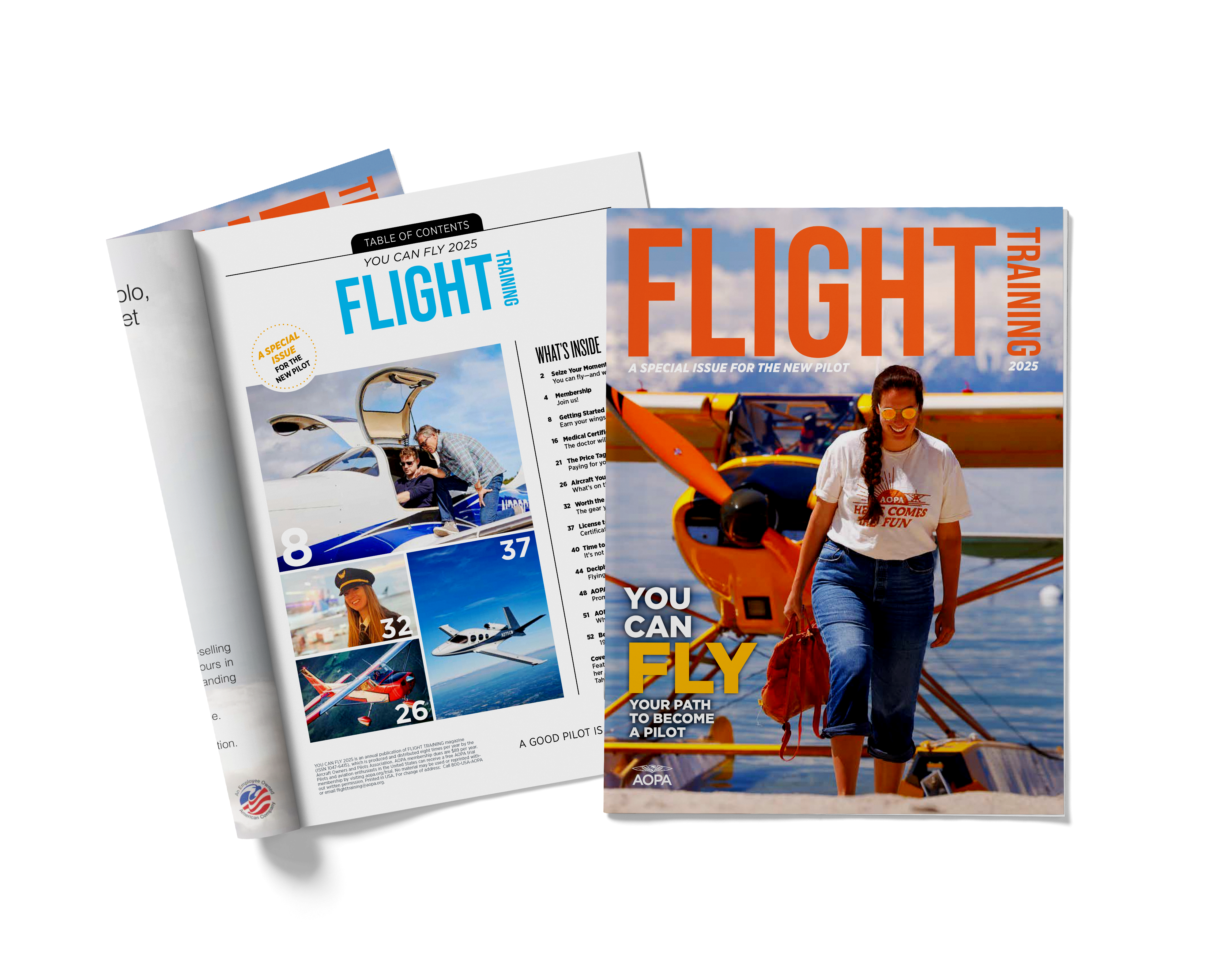Flight School Spotlight: WaterWings Seaplanes
Alabama flight school sells fun
Successful flight schools have many common traits. They offer training that’s a good value, follow a syllabus, offer instructional support, and answer the phone.
Yes, answering the phone. Sometimes the little things make all the difference. Charles Welden is the owner of WaterWings Seaplanes, an Alabama-based flight school that specializes in seaplane, multiengine, and tailwheel instruction. While it’s true that WaterWings’ great stable of airplanes are their own draw, Welden believes picking up the phone or returning phone calls has been a key to his success. “I can’t tell you how many times people have told me they called five flight schools and I’m the only one who called back,” he said.
As a small school it would be tempting to keep a close eye on costs and skimp on staff wherever possible, but Welden learned early that having a dedicated staff member to help with the phone and scheduling made a big difference in his responsiveness to customers. “I would get to the house at 8 p.m. after flying all day and sit down to do email and return phone calls,” he said. Delegating those responsibilities allows him to focus on other parts of the operation.
Welden is also proud of his website, which he says contains pretty much anything a prospective customer may need. He cites the dozens of seaplane flight schools across the country that may have similar operations, but without a website are unable to get their name out to the public.
The website and word of mouth drive almost all his business. Alabama isn’t known as a seaplane destination, but he said plentiful lakes and open access make it a great spot to learn. Welden started the school with a Cessna 150 on floats on Lake Martin. He kept the airplane at the dock and based his entire operation at the lake, and it remained that way for 10 years. In the early 2000s he added multi training in a Piper Twin Comanche, and in 2005 he added tailwheel training. Soon after he acquired a Decathlon and started doing spin training. Later the school added multiengine seaplane training with a Grumman Widgeon, which is both an opportunity and a challenge.
Welden thinks the Widgeon is its own marketing. People hear about the school because of the airplane, and they find out they can also obtain a more reasonably priced single engine seaplane rating in a Piper Cub or Husky. And there’s no doubt people seek out WaterWings solely because of the Widgeon. He said prior to the coronavirus pandemic, customers would come from all over the world to tick that item off their bucket list, and today they come from all over the country. At the time we spoke, Welden was working with a pilot from Idaho who had driven his RV to WaterWings for training.
Having such a unique operation makes finding instructors challenging, especially for the Widgeon. The school has six instructors, and Welden trains them to become experts on particular airframes. He has a Husky guy, a Cub guy, and a few Widgeon guys. The hardest is the Widgeon. He said it’s no trouble on the water, but it can be a handful on the runway.
Such a unique and fun collection of airplanes comes mostly from Welden’s desire to learn and grow. He recognizes that to be invested in the school and passionate about teaching, he must follow his own interests. He’s recently added a Super Petrel, a composite amphib biplane from Brazil, and since opening the school he’s learned to fly helicopters and gliders. Three years ago he became a designated pilot examiner—something that helps the school and keeps his flying life interesting. That’s a good lesson even if you aren’t operating antique flying boats.
If you’d like to add a 1942 Widgeon to your fleet, Welden has one for sale. He has two others available for training.—Ed.
Related Articles
You Can Fly !

This beginning pilots' resource guide explains what you can expect from your introductory flight through initial training—and how to turn your dream of flying into reality.





